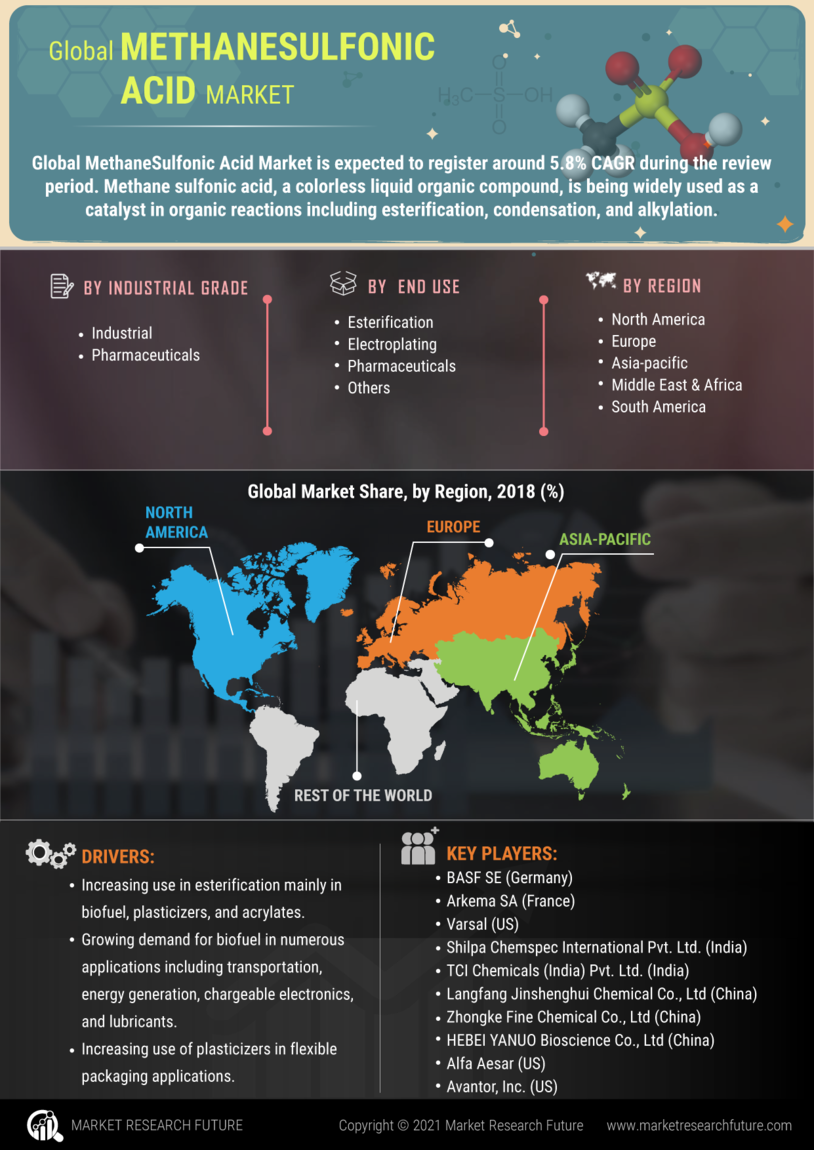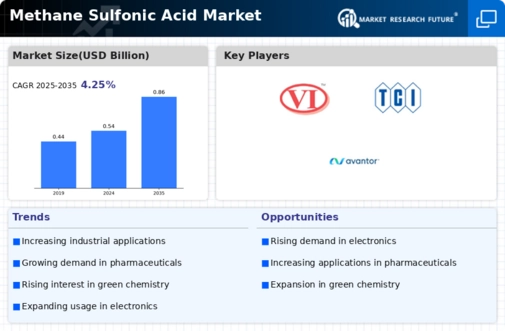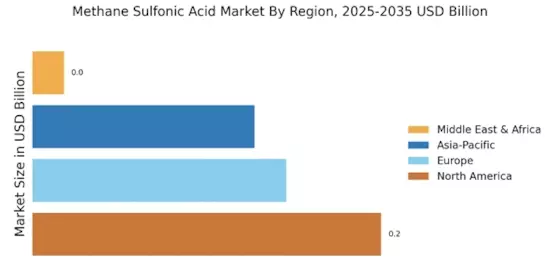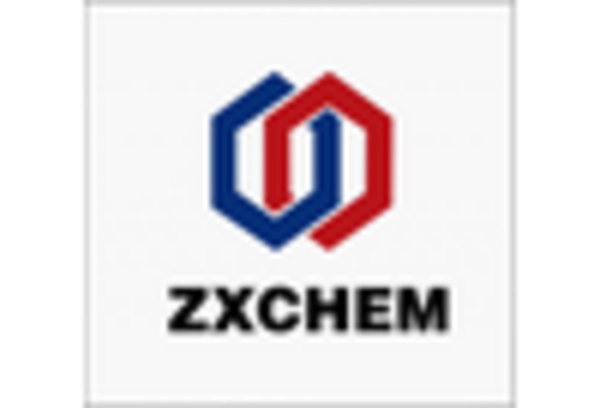Leading market players are investing heavily in research and development in order to expand their product lines, which will help the Methane Sulfonic Acid Market, grow even more. Market participants are also undertaking a variety of strategic activities to expand their global footprint, with important market developments including new product launches, contractual agreements, mergers and acquisitions, higher investments, and collaboration with other organizations. To expand and survive in a more competitive and rising market climate, Methane Sulfonic Acid industry must offer cost-effective items.
Manufacturing locally to minimize operational costs is one of the key business tactics used by manufacturers in the global Methane Sulfonic Acid industry to benefit clients and increase the market sector. In recent years, the Methane Sulfonic Acid industry has offered some of the most significant advantages to medicine. Major players in the Methane Sulfonic Acid Market, including Langfang Jinshenghui Chemical Co., Ltd (China), Zhongke Fine Chemical Co., Ltd (China), HEBEI YANUO Bioscience Co., Ltd (China), Alfa Aesar (US), and Avantor, Inc. (US).
BASF SE is a European multinational corporation and the world's largest chemical producer. The company's headquarters are in Ludwigshafen, Germany. BASF has subsidiaries and joint ventures in over 80 countries and runs six integrated manufacturing sites as well as 390 other manufacturing locations throughout Europe, Asia, Australia, the Americas, and Africa. BASF has customers in over 190 countries and serves a wide range of sectors. Despite its size and global reach, BASF has gotten little public notice since it stopped manufacturing and selling BASF-branded consumer electronics items in the 1990s.
In January 2020, BASF announced that it will continue to increase global methane sulfonic acid (MSA) capacities to 50,000 metric tons per year. This implies a multi-million-euro investment in Ludwigshafen for the construction of a new methane sulfonic acid facility. The building work has only barely began. The amounts of new capacity are expected to be available by the end of 2021.
Arkema S.A. is a publicly traded multi-national maker of specialized materials based in Colombes, France, near Paris. Adhesives, advanced materials, and coatings are its three specialized materials segments (or divisions). A separate section discusses chemical intermediates. The company was founded in 2004 as part of Total's restructuring of its chemicals division, and it went public on the Paris stock exchange in May 2006. In 2021, turnover was €9.5 billion. Arkema is present in over 55 countries and employs over 20,200 people across 13 research centres and 144 manufacturing plants.
In September 2020, Arkema announced the acquisition of a 10% share in Ihsedu Agrochem, India's top MSA producer.


















Leave a Comment